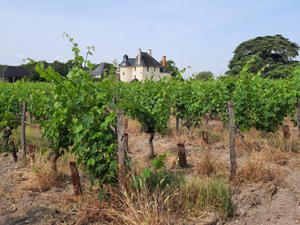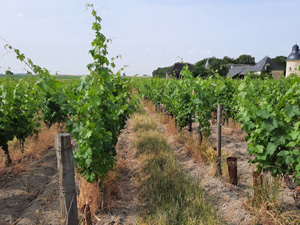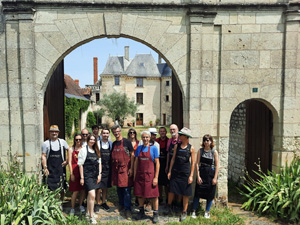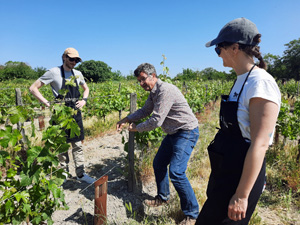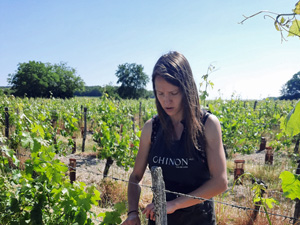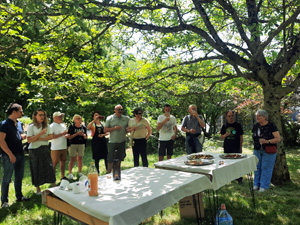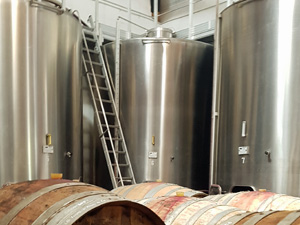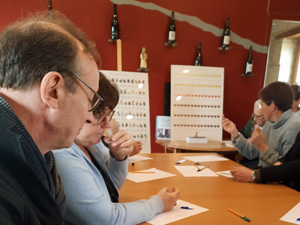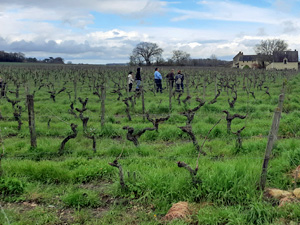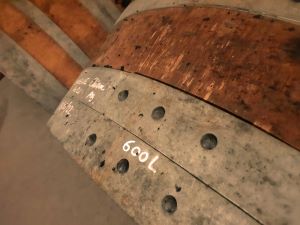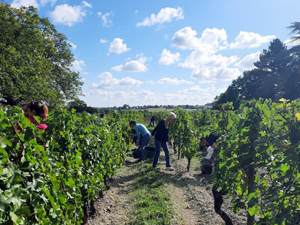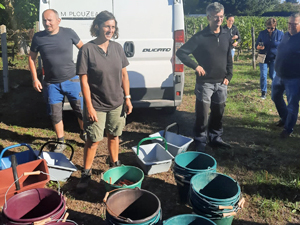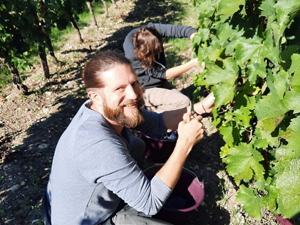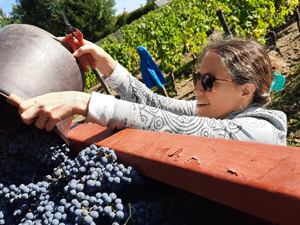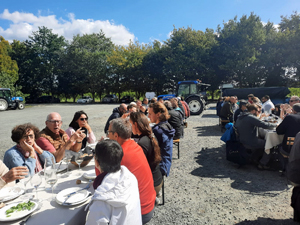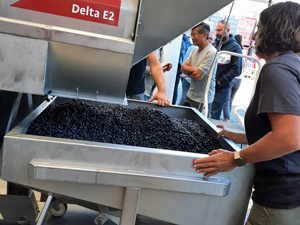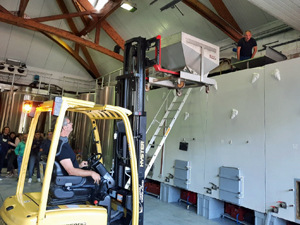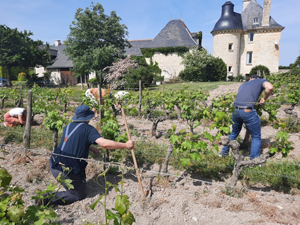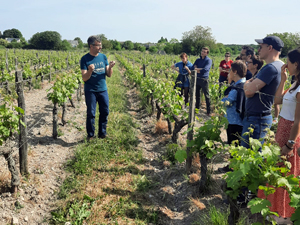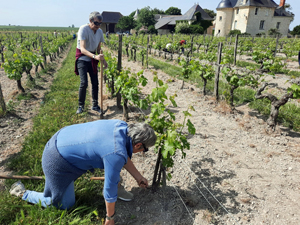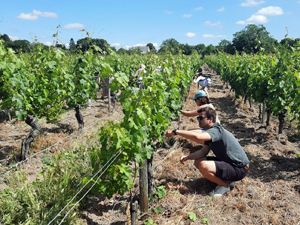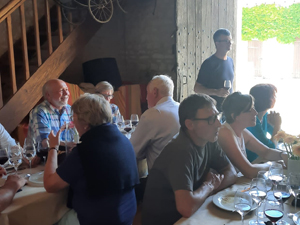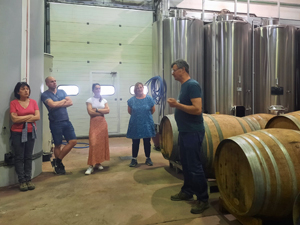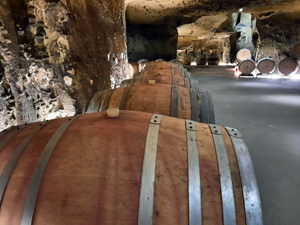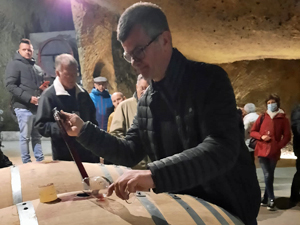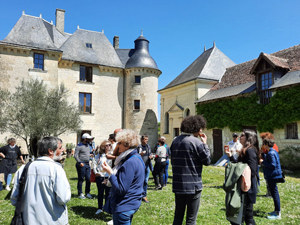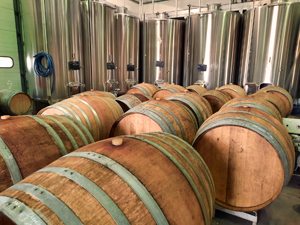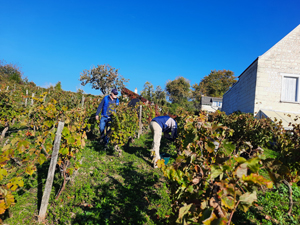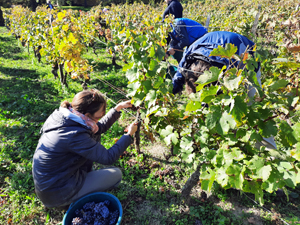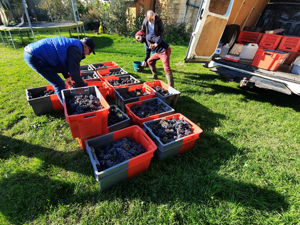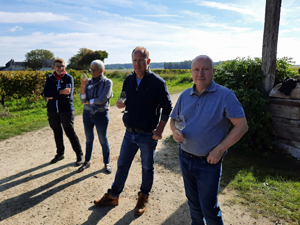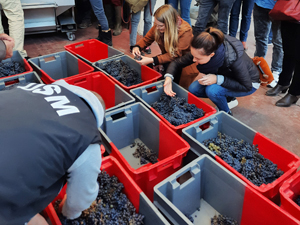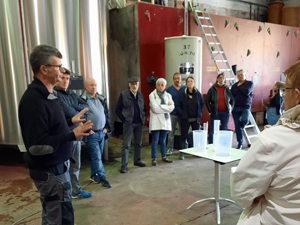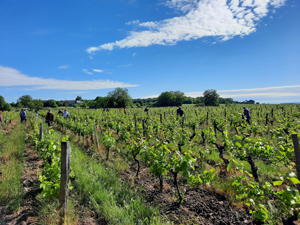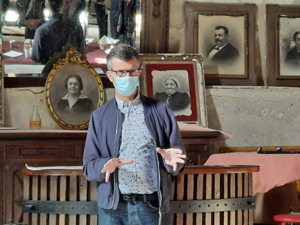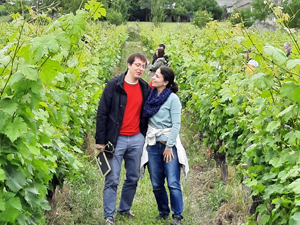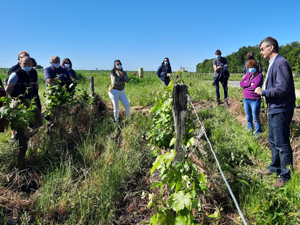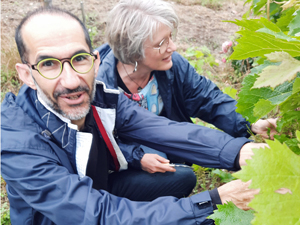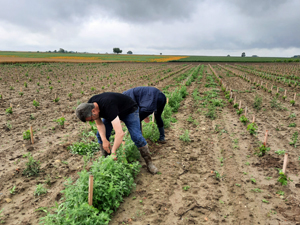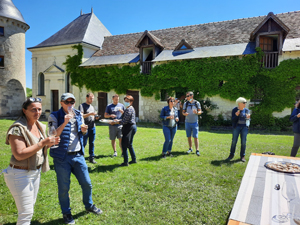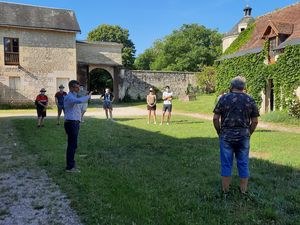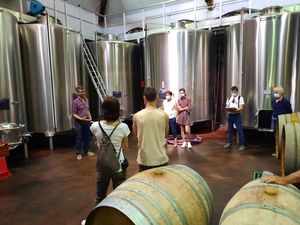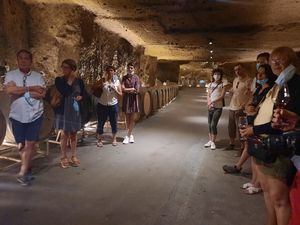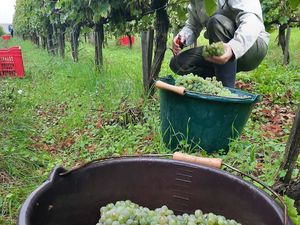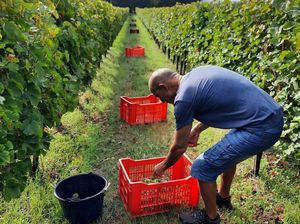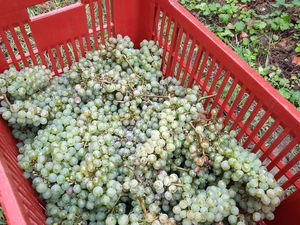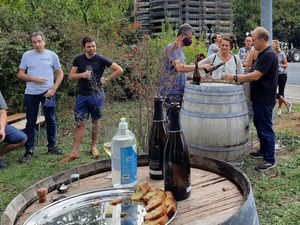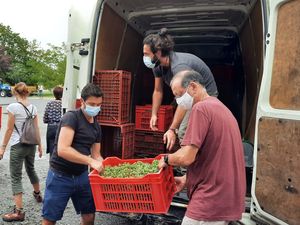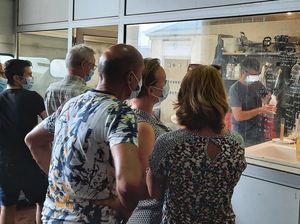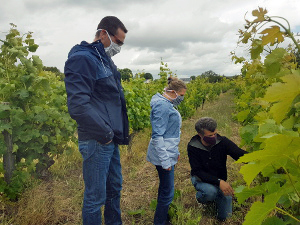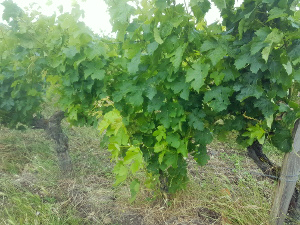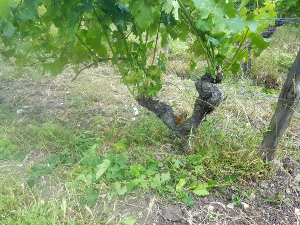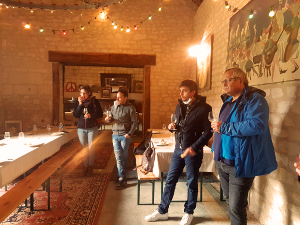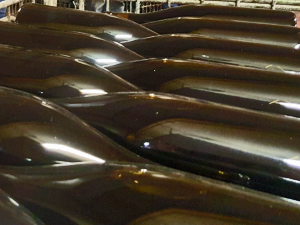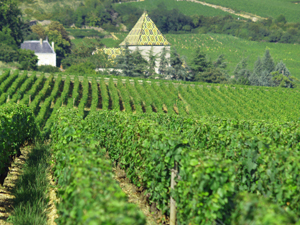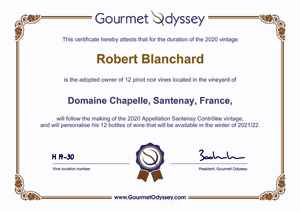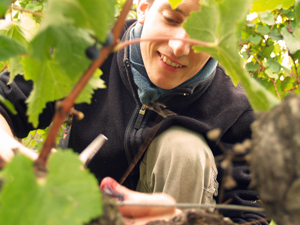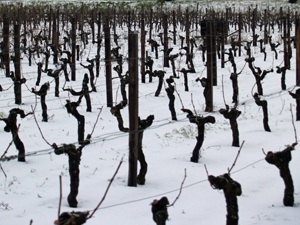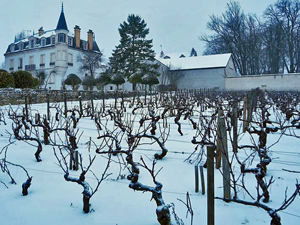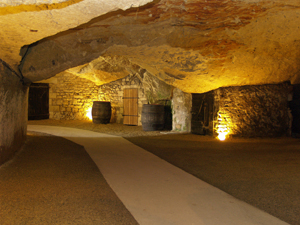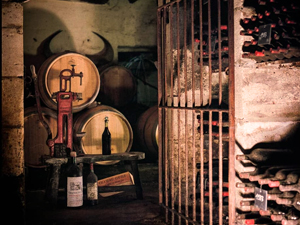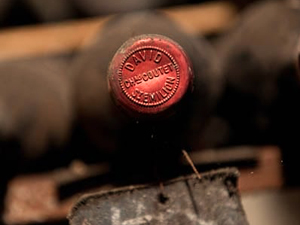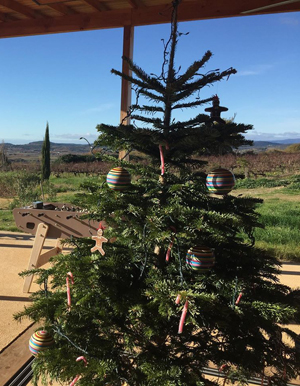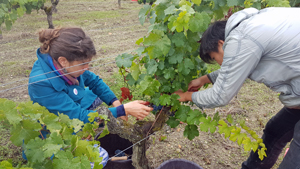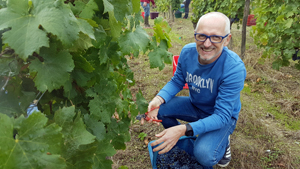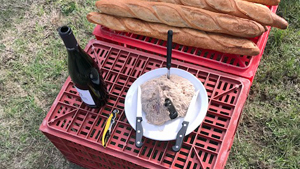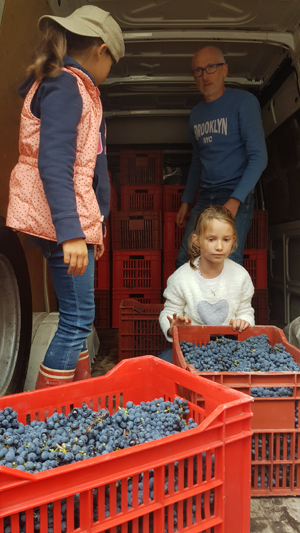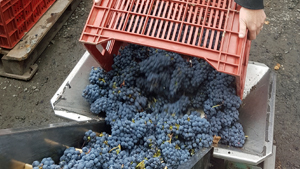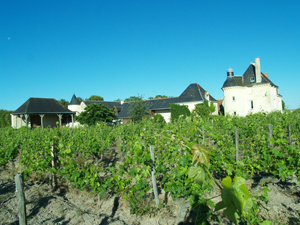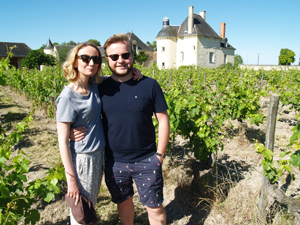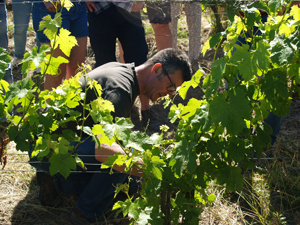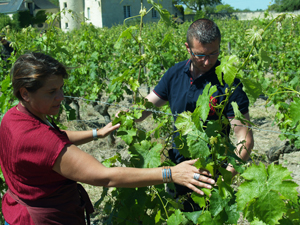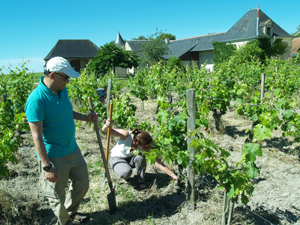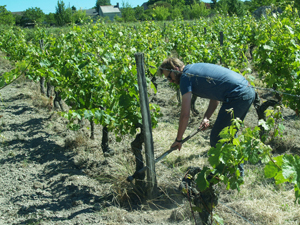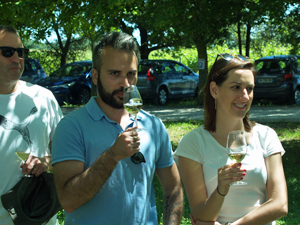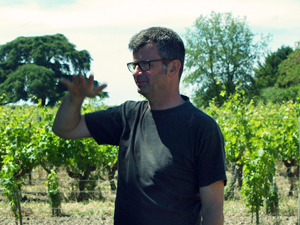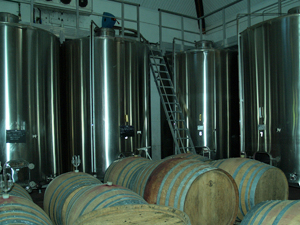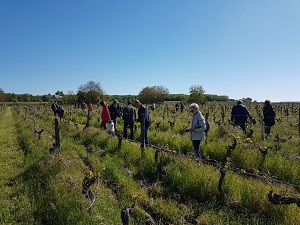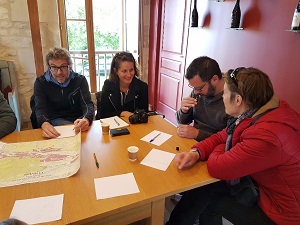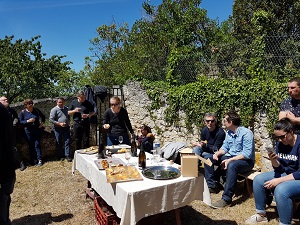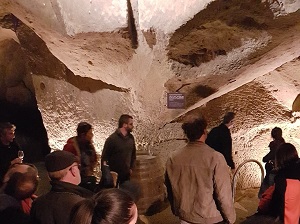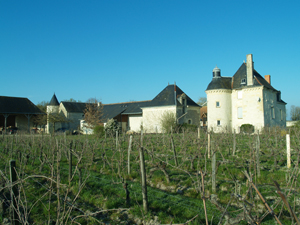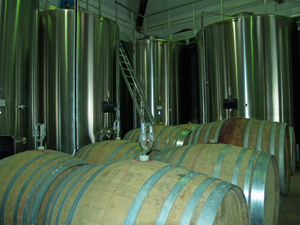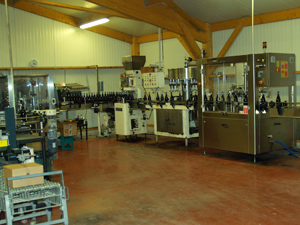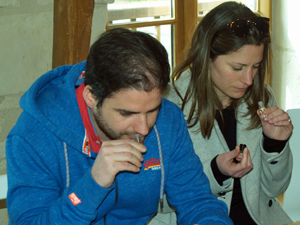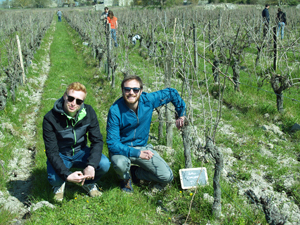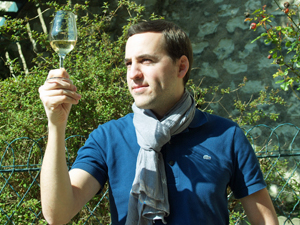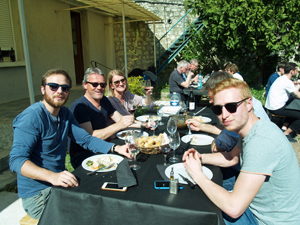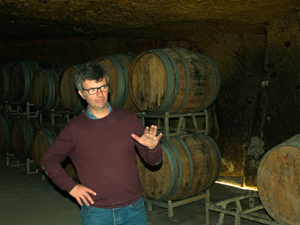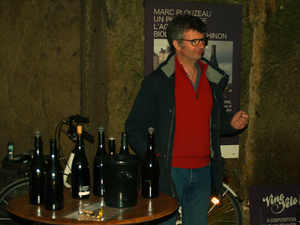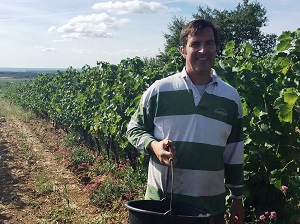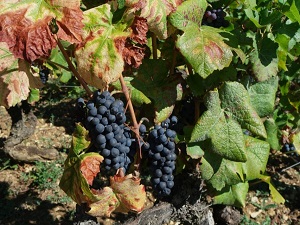A great Harvest Experience Day in the Loire Valley
- Categories :
- Gifts
- Wine
- Gourmet Odyssey
- Château de la Bonnelière
- Loire Valley
A shy sun, hiding behind an autumnal mist, welcomed our apprentice winemakers to the Harvest Experience Day at Château de la Bonnelière in Chinon in the Loire Valley.
The winery had started the harvest at the start of September with the grapes used for the sparkling wines. At the time of our visit, the winery was about half way through the harvest, having already picked all of the vineyard plots used for Chinon blanc, sparkling wines, rosé and light red wines, and the fermentation hall was a buzz.
And that’s where we found the winemaker, Marc, during our welcome coffee. He was checking that the fermentations were going well, but more to come on that, as that was one of our missions for the afternoon!
We got ready to leave for the harvest, and made our way to the Clos des Roches St Paul, a small plot of vines in a very pretty hamlet of tuffeau limestone houses.
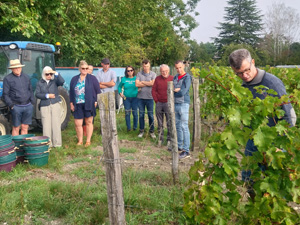
We listened intently as Marc explained what to and what not to pick, and then we quickly got to work! The sun decided to come out, which helped motivate us even more!
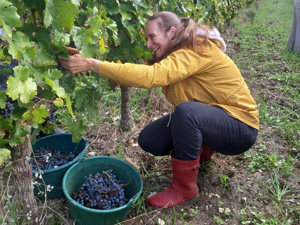
We cut the grapes using a pair of secateurs, and then placed the bunches in a bucket. Once full, we emptied the grapes into a trailer to be transported back to the winery.
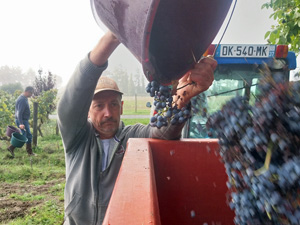
The mildew had attacked some of the vines, but only those at the beginning of the rows. Thankfully, overall, the grapes were fine and there wasn’t too much to sort.
Once we had finished the plot, we moved onto a second vineyard. A very small plot in the same hamlet that was almost like a garden.
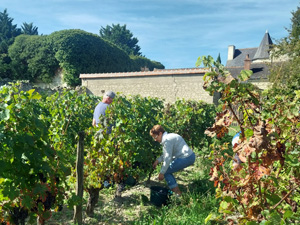
Now that we were experts, our harvesters of the day quickly polished the job off and we were almost in time for the aperitif in the vineyard, kindly prepared by Claudine and Lucie.
Back at Château de la Bonnelière, we sat down to a delicious lunch to lunch to recharge the batteries and to taste Marc’s excellent wines!
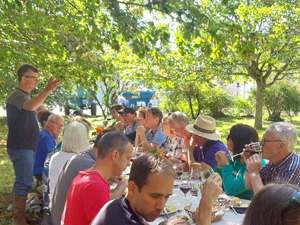
The work of our harvesters was far from over. The grapes weren’t just going to stay in the trailer!
The first thing to do was to put the bunches through the de-stemming machine. Marc only put the grapes into the vats, and so the machine separates the berries from the stems.
The grapes fall into a small trolley which is then lifted by a forklift truck and emptied into the vat without the need to use a pump.
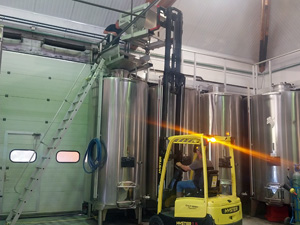
It didn’t take Marc and Fabien, accompanied by our participants, long to finish the job, and we had soon filled the vat with the grapes that will be turned into the future Roches Saint Paul wine!
Before ending the day, we then learnt how the fermentation is monitored. The winemakers work doesn’t finish once the grapes are in the vat; you need to check that the fermentation starts, and that it doesn’t stop before the end of the process. This almost magical process is brought about using the yeast cells that are naturally present on the grapes, and whose job it is to eat the sugar found in the grapes.
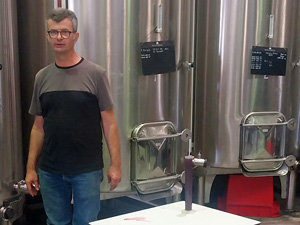
Marc checks that all is in order by measuring the density of the wine, and he does it for each vat once a day until the density falls to 995 g/l, at which time you can almost call it wine!
But in reality, you need to wait several months more, the secrets of which will be revealed during the Vinification Experience Days. So a little more patience required!



